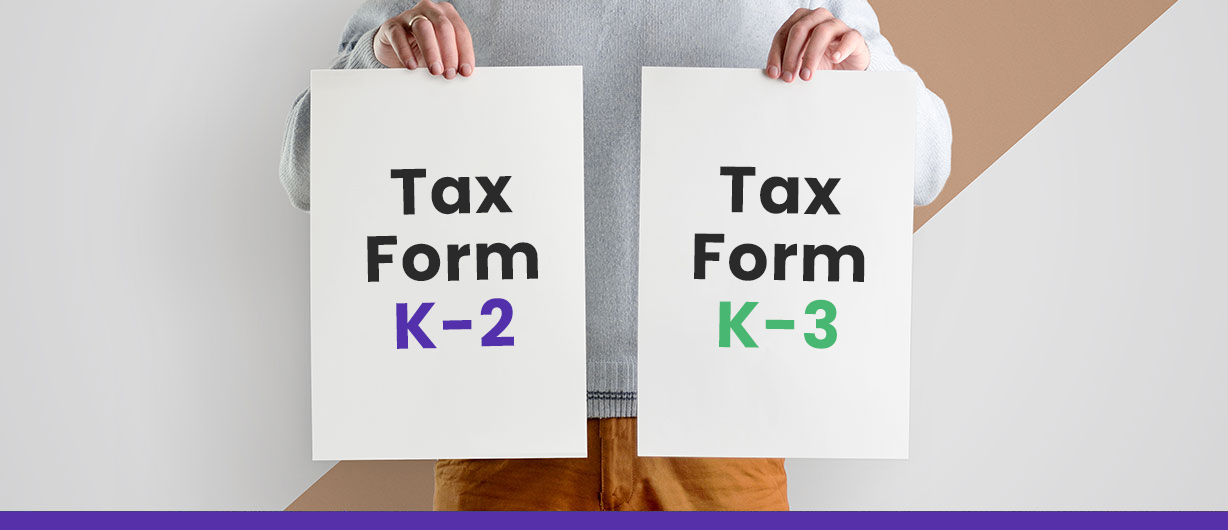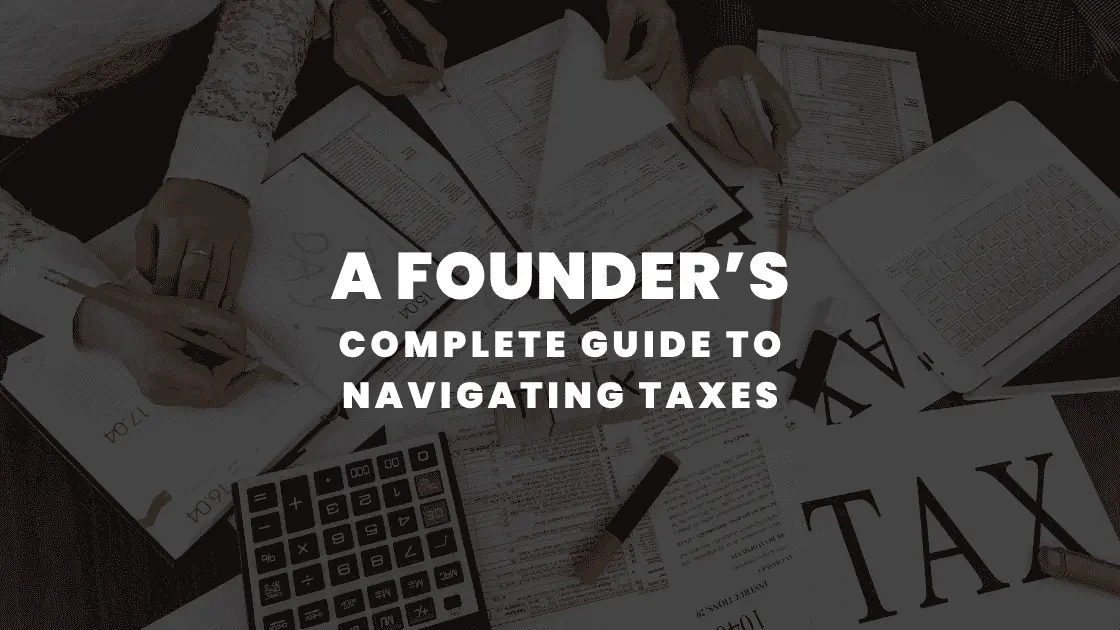December 19 2023 | By Farwah Jafri | 4 minutes Read

Understanding K-2 Tax Forms
What are K-2 Forms
What Information do K-2 Forms Contain?
Understanding K-3 Tax Forms
What are K-3 Tax Forms
What Information do K-3 Forms Contain?
Understanding the Relationship between K-2 and K-3 Tax Forms
User-Friendly Tips for Handling K-2 and K-3 Tax Forms
Congratulations! You’ve Just Graduated From the K-2 and K-3 Tax Form School.
Tax season can be a disorienting time for many, where you feel like you’re faced with an alphabet soup of forms and numbers. If you’ve heard whispers of K-2 and K-3 tax forms and are wondering what they’re all about, you’ve come to the right place.
In this blog, we’ll explain these forms and clarify their concepts, exploring what they are, why they matter, and how they may impact your tax situation.
The K-2 form is part of the broader tax landscape, specifically associated with partnerships. If your business is involved in a partnership, whether as an investor or partner, you are likely to encounter the K-2 form eventually.
In simple terms, the K-2 is like a snapshot of your share of the partnership’s income, deductions, and credits. It’s the paperwork that communicates your piece of the financial pie.
Why does it matter, you ask? Well, tax authorities need to know how much income you earned through the partnership. The K-2 form helps streamline this information, making the filing process smoother for everyone involved.
The K-2 form is not as intimidating as it sounds. It typically includes your share of the partnership’s:
Essentially, the K-2 is a document that keeps you in the loop about the financial performance of the partnership. You’ll use the information from your K-2 when completing your individual tax return.
Now that you’re familiar with the K-2 tax form, let’s explore the K-3 tax form. The K-3 is K-2’s counterpart when it comes to S corporations. Similar to the K-2, the K-3 is all about providing you with the essential financial details to complete your individual tax return.
In a nutshell, the K-3 form outlines your share of the S corporation’s income, deductions, and credits. It serves the same purpose as the K-2 but in the context of S corporations. If you’re a shareholder in an S corporation, the K-3 is your gateway to understanding your slice of the financial action.
Similar to the K-2, the K-3 covers:
So, why are there two different forms for seemingly similar purposes? The answer lies in the distinct tax structures of partnerships and S corporations.
Partnerships and S corporations are both pass-through entities, meaning they don’t pay income tax themselves. Instead, their income, deductions, and credits “pass through” to the individual partners or shareholders. The K-2 and K-3 forms help to facilitate this process by documenting each individual’s share of the financial aspects.
While these forms may seem like formidable foes, understanding them is a crucial step towards mastering your tax responsibilities. Remember, tax season doesn’t have to be a daunting experience. With a bit of knowledge and preparation, you can navigate the world of K-2s and K-3s with confidence, ensuring a smoother journey towards financial success.
Also Read: Startup Tax Filing – Things You Need to Know In 2021
Subscribe for business tips, tax updates, financial fundamentals and more.
MORE BLOGS

Starting a business is exciting, right? There’s innovation, there’s growth potential, and the thrill of building something from scratch. But amid all the planning, entrepreneurs often […]
Learn More →
Starting a business is quite thrilling, until tax season arrives. For founders, understanding the nitty gritty of startup taxation can make a difference between financial efficiency […]
Learn More →
Tax season can be overwhelming, especially when you’re staring at multiple forms with numbers instead of names. Two of the most common, and often misunderstood, are […]
Learn More →